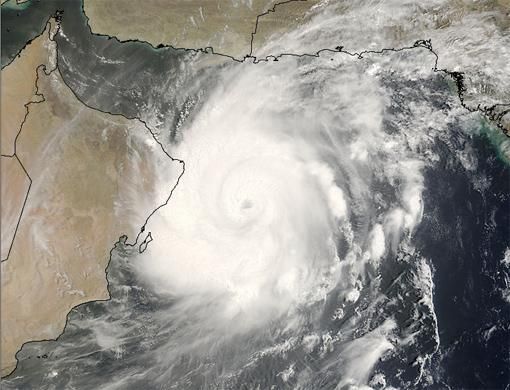What is the difference between a tornado, a cyclone and a hurricane? Read below to find out more:
Tornado: Tornados are the most violent type of storms.
A tornado appears as a rotating, funnel-shaped cloud that extends from a thunderstorm to the ground with whirling winds that can reach 480 kilometres per hour.
Damage paths can be in excess of one mile wide and 80 kilometres long. Occasionally, tornadoes develop so rapidly that little, if any, advance warning is possible.
Tropical Cyclone: The terms "hurricane" and "typhoon" are regionally specific names for a strong "tropical cyclone".
A hurricane is the generic term for a low pressure system that generally forms in the tropics. A typical cyclone is accompanied by thunderstorms.
Hurricanes can cause catastrophic damage to coastlines and several hundred kilometres inland.
They are classified into five categories based on their wind speed, central pressure, and damage potential.
Category Three and higher hurricanes are considered major hurricanes.
| Saffir-Simpson Hurricane Scale | |||
|
Scale Number
|
Sustained Winds (km/h)
|
Damage
|
Storm Surge |
|
1
|
120-150
|
Unanchored mobile homes,
vegetation and signs. |
1.2-1.5m
|
|
2
|
150-170
|
All mobile homes, roofs,
small crafts, flooding. |
1.8-2.4m
|
|
3
|
170-210
|
Small buildings, low-lying
roads cut off. |
2.7-3.7m
|
|
4
|
210-250
|
Roofs destroyed, trees
down, roads cut off, mobile homes destroyed. Beach homes flooded. |
4-5.5m |
|
5
|
More than 250
|
Most buildings
destroyed. Vegetation destroyed. Major roads cut off. Homes flooded. |
5.5m+
|
| Source: Federal Emergency Management Agency (FEMA), USA | |||













